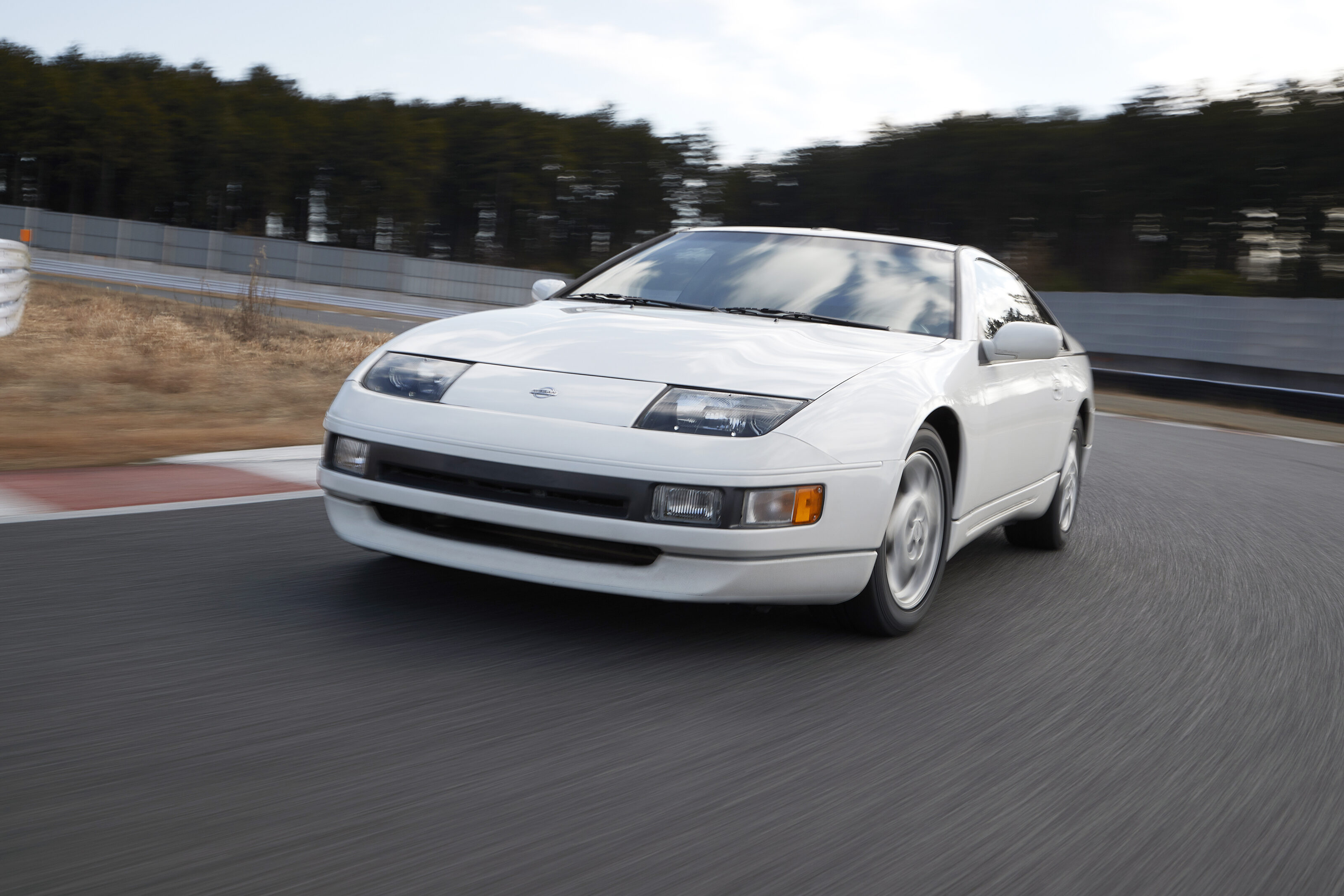Nissan Motor Company has had some good times and some not so happy periods. Fans of the brand have seen the enthusiast car portfolio wither of late. There hasn’t been a hot hatch worthy of the name for years, the promising Infiniti premium launch proved an abject failure here in Australia and both the 370Z and R35 GT-R coupes are in their teens now. Of course, the new Z car promises a shot in the arm, but it’s all still a far cry from the heady days of 1989.
Japanese manufacturers were overflowing with cash thanks to Japan’s booming economy, and Nissan in particular wasn’t shy about throwing ludicrous amounts of development dollars at its product catalogue. Maybe it was all too much. A culture of costs excesses within that bubble economy landed the Yokohama brand in fiscal hot water by the end of the ’90s, forcing a 44.3 per cent buyout from Renault, the cultural repercussions of which the business still seems to be grappling with.

There’s a reason many refer to that time period as Japan’s Golden Era of motoring. Those were the halcyon days, the likes of which we may never see again.
Of course Nissan’s world-beating R32 GT-R famously launched in 1989, but so did this: the Z32 300ZX, further bolstering Nissan’s multi-pronged assault on the Japanese sports car markets. Like the R32 GT-R, the 300ZX’s development was heavily aided by Nissan’s techno-futuristic Mid4 concept. It was a ‘blank page’ design, in contrast to the preceding Z31 which was based on a modified 280ZX chassis, dating back to 1978.
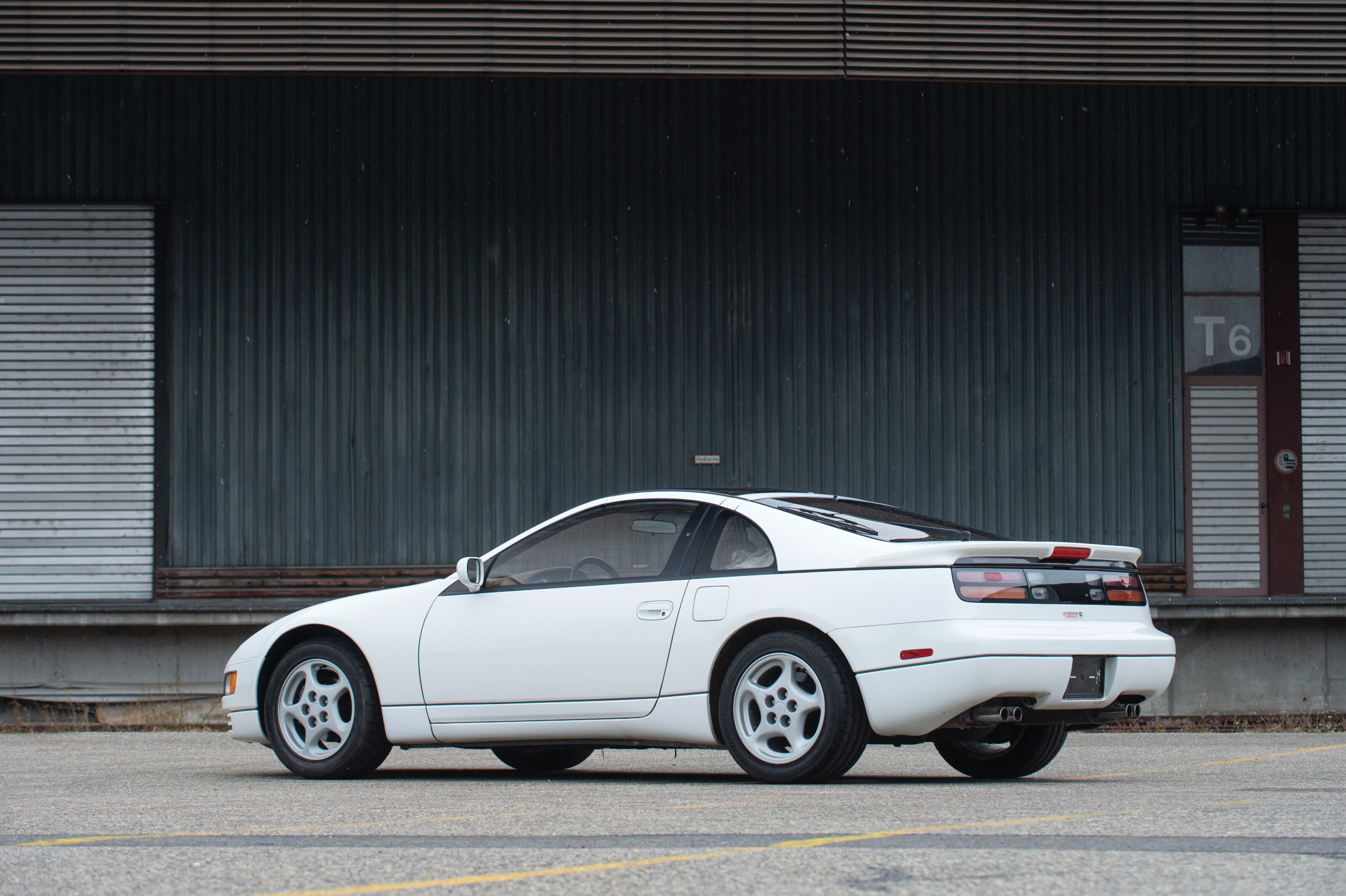
By that point, the Z-car lineage had taken on a discernibly less dynamic and lazier, American boulevardier role. Now with all-new multilink suspension, rack-and-pinion steering, a viscous differential, anti-lock brakes, and a brand-new 24v DOHC naturally aspirated 3.0-litre V6 capable of 165kW (Aus-spec cars), the 300ZX proved a refreshing return to sporting form.
With a rising tide seemingly facing all forms of JDM metal of the era, the 300ZX hasn’t enjoyed the same stratospheric rise in price enjoyed by many of its fellow Nissan-branded stablemates. Prices have been shoring up, but it remains one of the more intriguing options attainable at halfway sensible prices.

Essential checks
As history has shown, Australia’s comparatively small market frequently saw less-desirable specifications sold through local showrooms. The 300ZX was a case in point, with only the naturally aspirated V6 offered in LWB 2+2 configuration. We also missed out on fancy options such as Nissan’s super-HICAS four-wheel steering, adaptive dampers and the digital cluster. Australian domestic sales were slow, at less than 100 cars per annum, ending in 1996. Grey market imports subsequently boomed, with JDM-spec 224kW twin-turbo examples arriving in short order.
Australia also received a local 25th anniversary, which gained a bespoke body kit, Steven Millen-designed suspension, and 17-inch AVS alloys. It’s believed that 122 examples were sold to the tune of $92,995 when new. Today, the market ranges from around $12K for the most well-worn examples, to upwards of $60K for the most pristine/rare-spec cars.

Body and chassis
Fun fact: the Z32 was one of the world’s first production cars designed entirely on CAD, with a slippery drag coefficient of 0.31.
They’re regarded as largely corrosion-resistant; however, age and years of apathetic owners make inspection for rust and damage a priority.
Furthermore, cars that have lived outside in the elements under Australia’s beating sun often display visual degradation that includes perishing window rubbers and discoloured plastic panels.
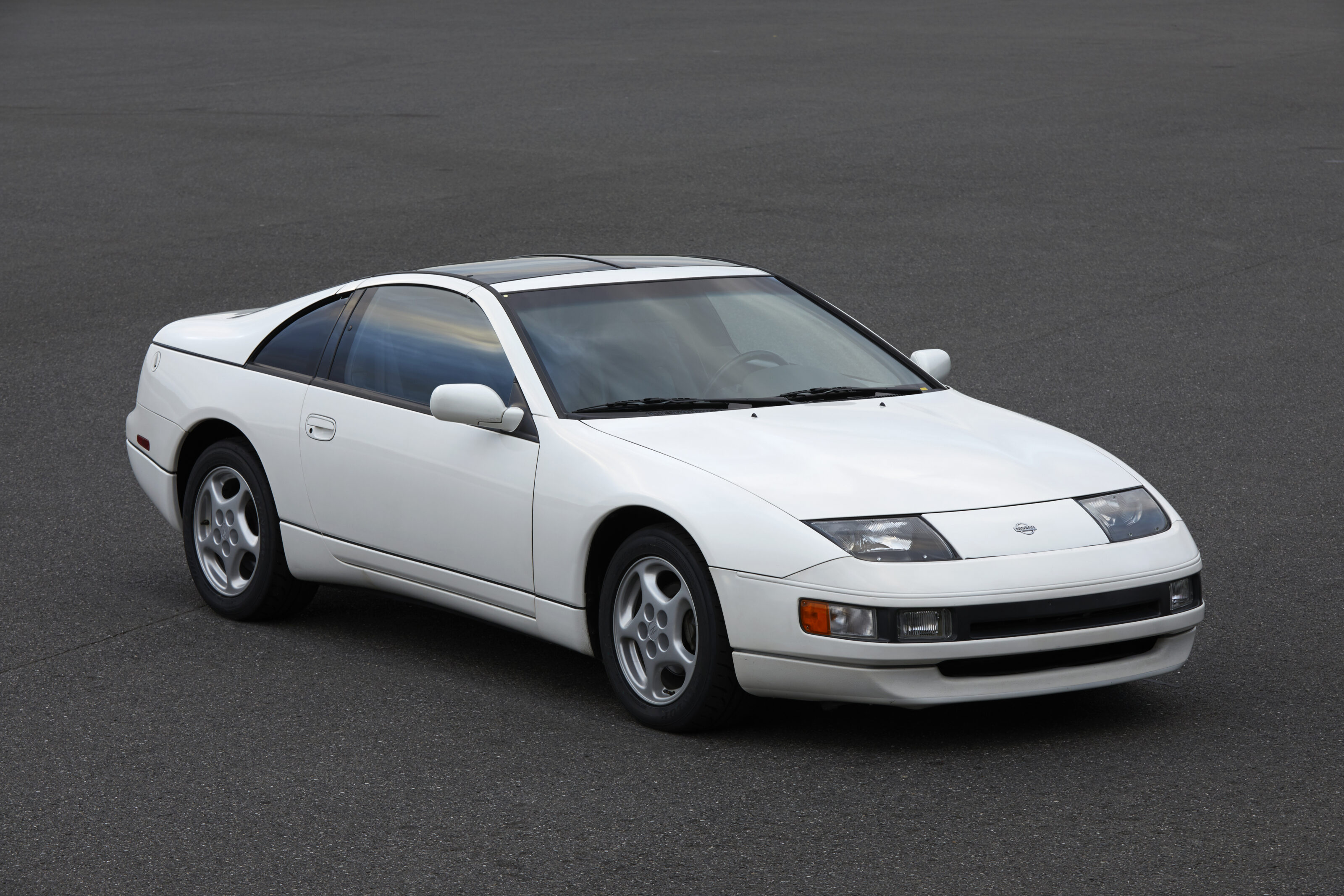
Engine and transmission
The VG30 engine is capable of spinning up hundreds of thousands of fuss-free clicks, with regular maintenance being the important caveat. Physical service history is a big plus, with factory service intervals calling for timing belt replacements at 60,000kms, and every 100,000kms thereafter. Failure to do so can lead to serious engine damage.
Both five-speed manual and four-speed automatic gearboxes are reliable, however, manual transmission synchros are known to wear under ‘spirited driving’. If you happen to be shopping for an auto example, try to avoid cars built up until early 1991 as they are more susceptible to overheating.
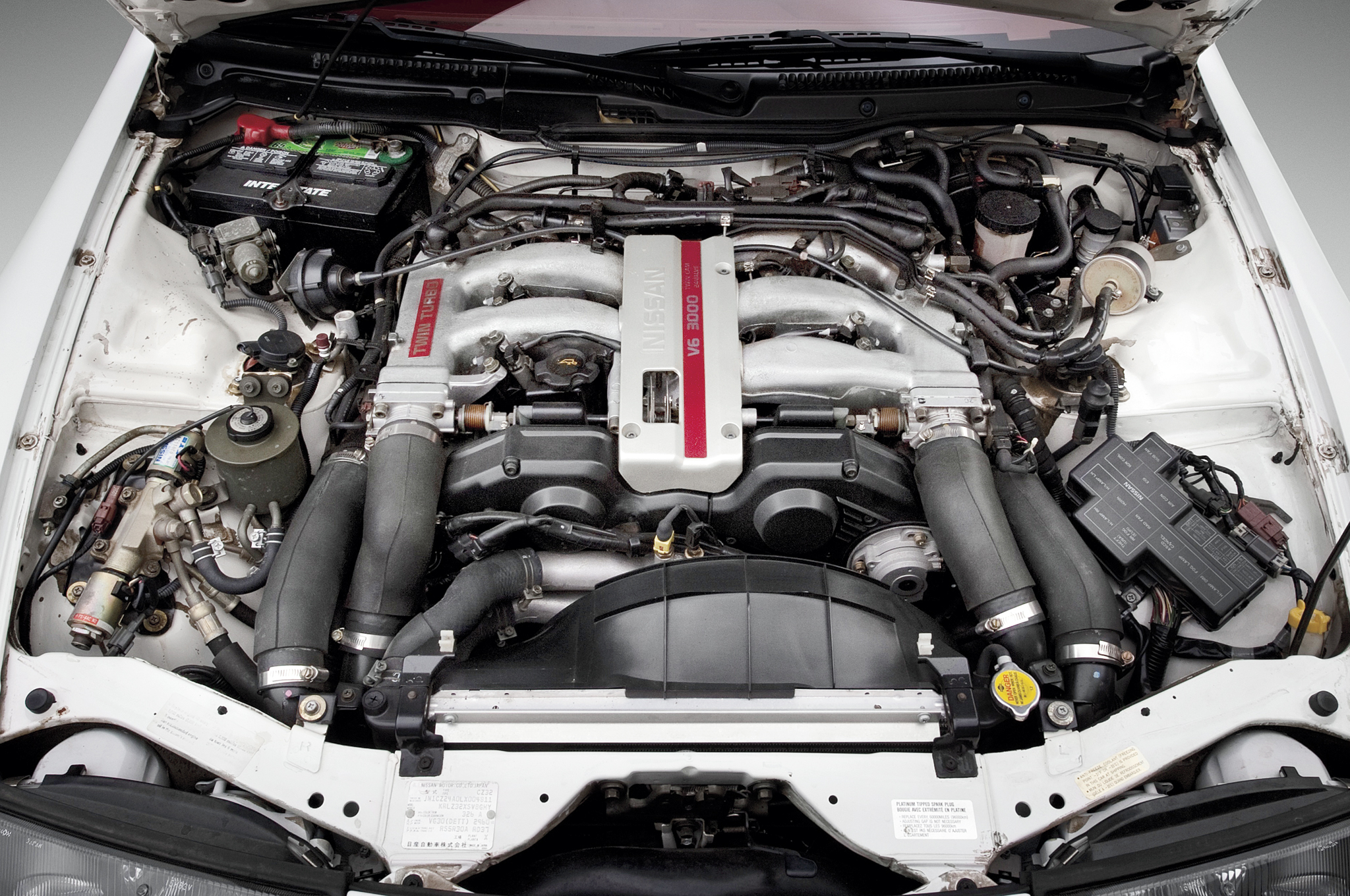
Suspension and brakes
Cars are at an age where bushings, if not already replaced, should be. Suspension units should be inspected for cracks, leaks and corrosion. It’s likely that many examples have had their OEM suspension binned long ago for lower aftermarket units. OEM parts are always a valuable nice-to-have as original components grow ever more scarce.
Brake master cylinders in early cars pre-1991 were known to leak as soon as 80,000kms. Later models gained a redesigned unit and are a popular upgrade.
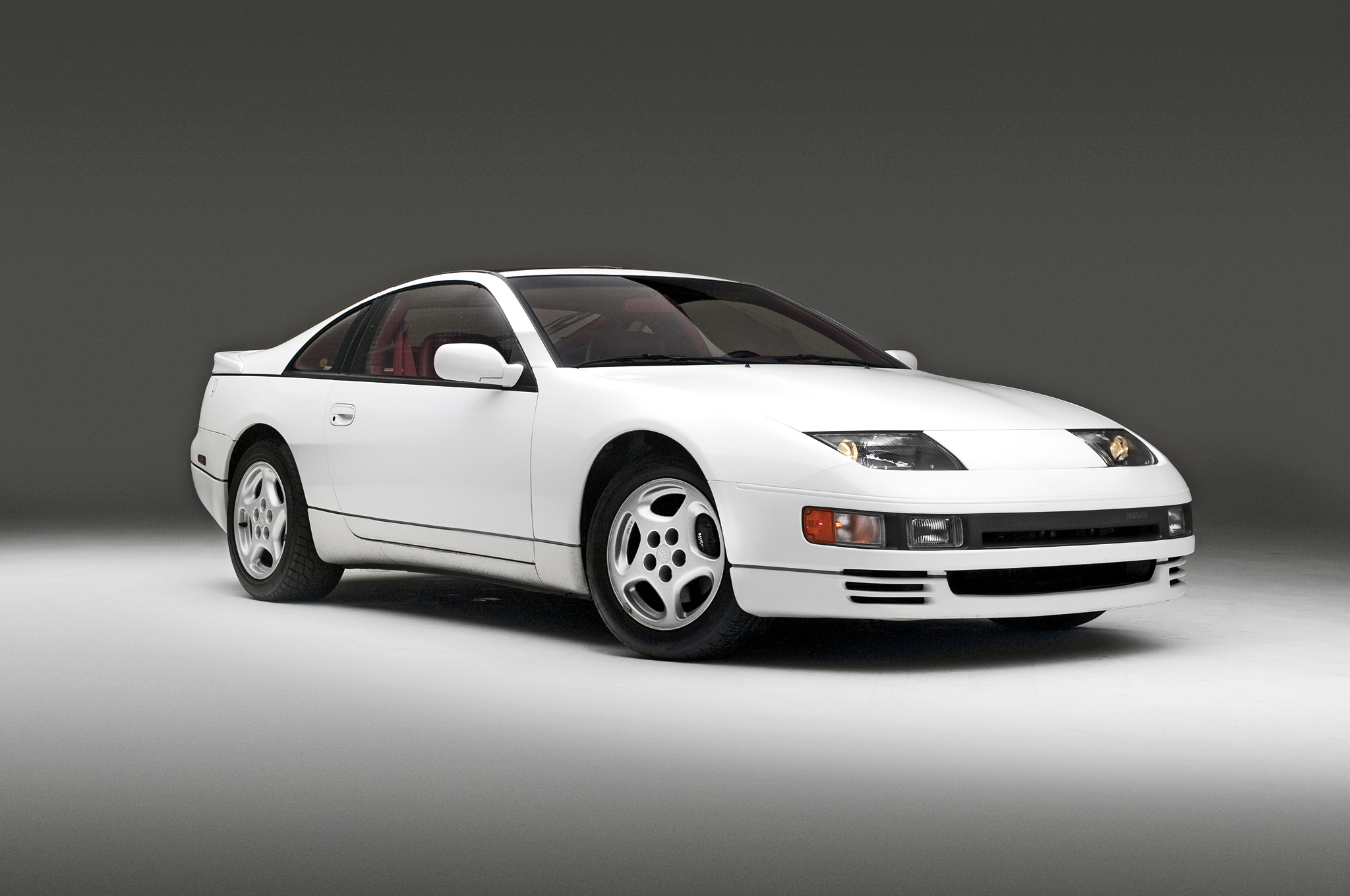
Interior and electronics
The Z32 gained critical acclaim for its futuristic ‘cockpit’-style cabin. It had the tech to match, too, including power mirrors, power steering, power windows, cruise control and more.
Test all functions to ensure everything works. Nissan interiors of this era were notoriously prone to sun damage, exacerbated by Australia’s climate. Wear to leather trim may be expected with age, however, it should be consistent with purported mileage and use.
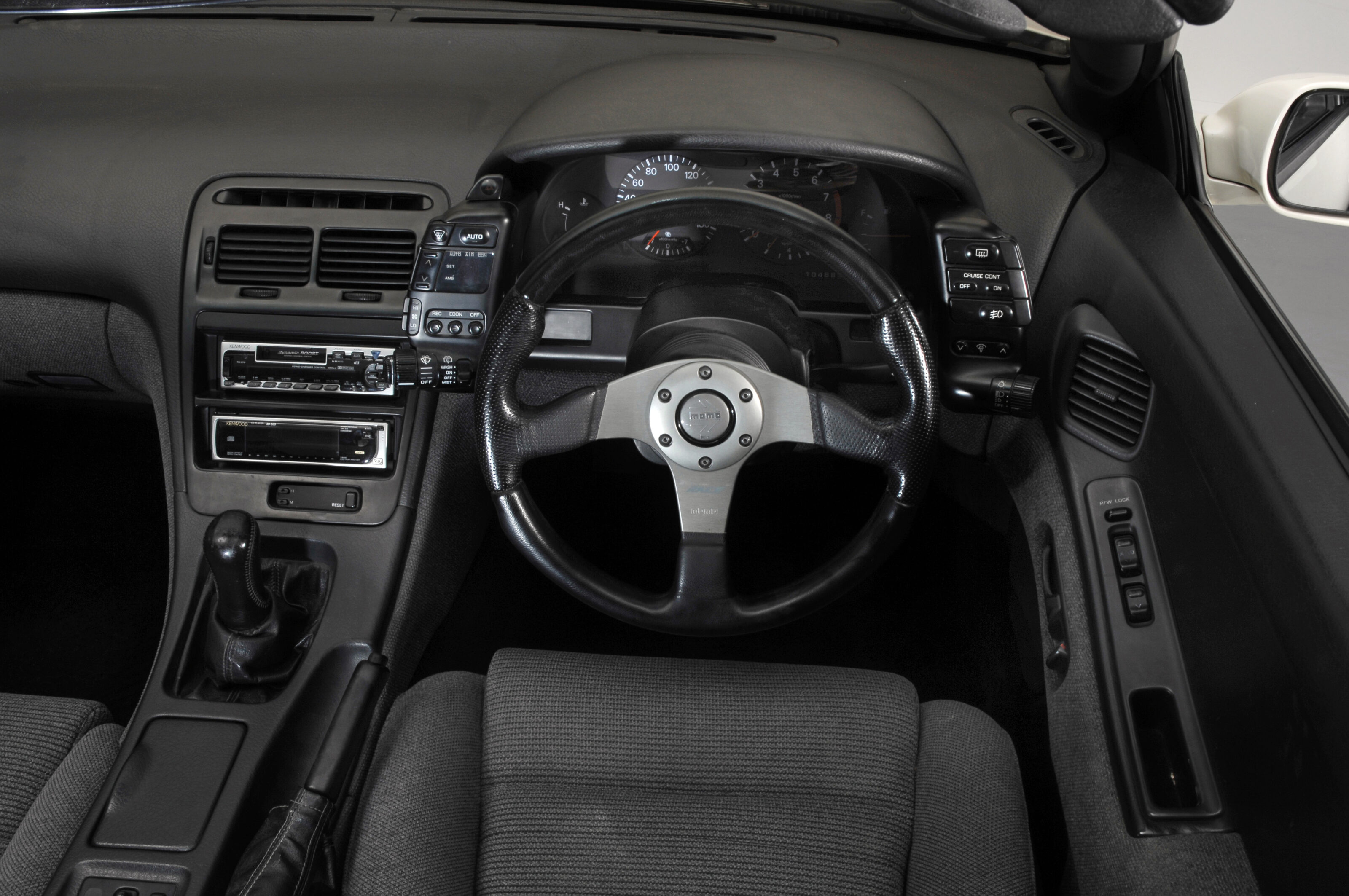
Other options you may consider
1. The obvious: Nissan 200SX/Silvia
Far more popular (and somewhat more costly) than the humble Zed-car, the locally delivered 200SX, or imported Silvia, offers a rawer Japanese coupe experience, and redefined performance for generations of young Aussies throughout the ’90s and early-’00s.
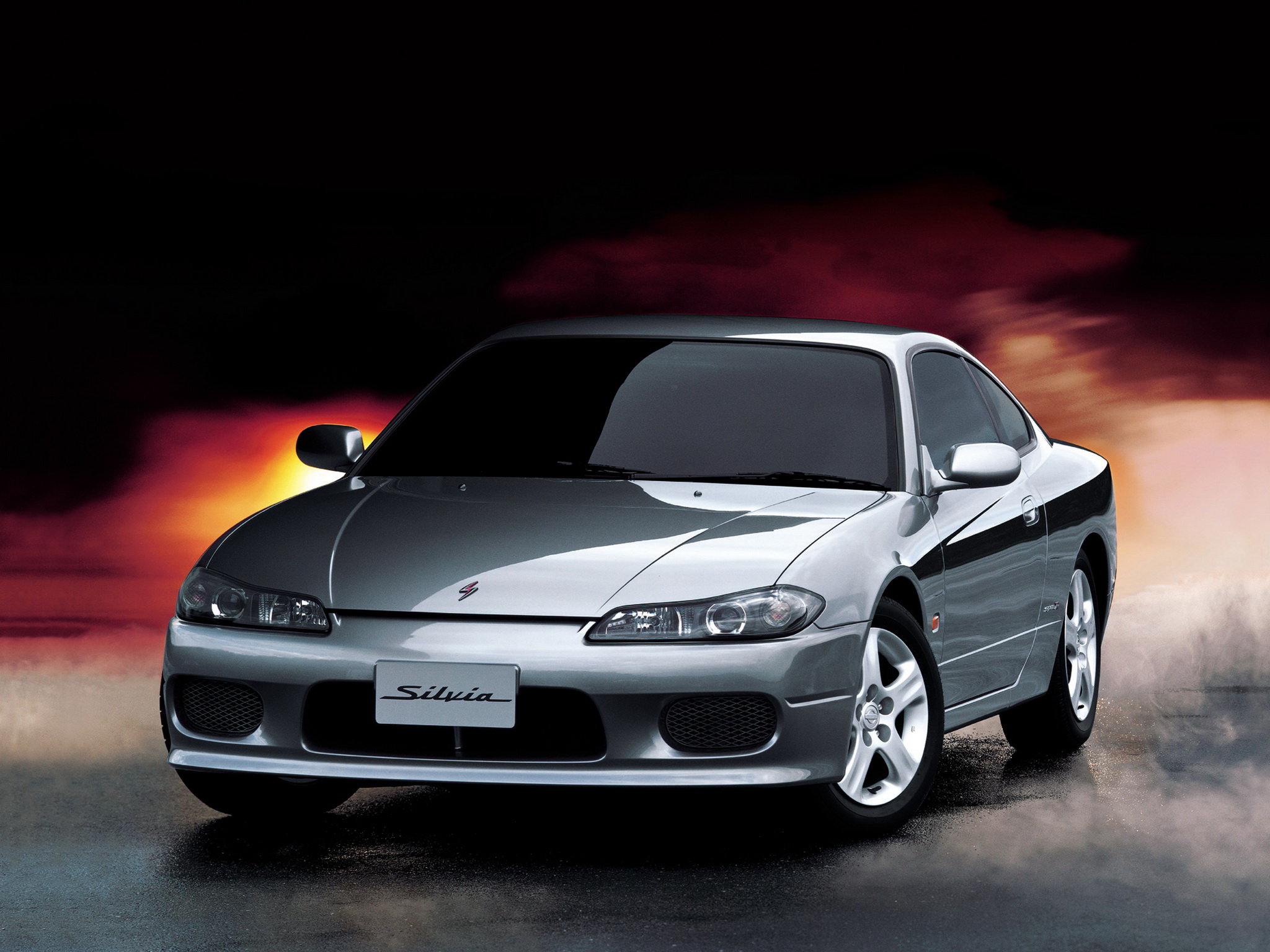
2. The unexpected: Porsche 968
The Z32 battled with Japan’s Supra, RX-7 and 3000GT of the time, but also took the fight to more exotic Europeans including the Porsche 944/968. Older 944s are well within reach towards the low-mid range of the Zed market, while top-end values can exceed good 968s.
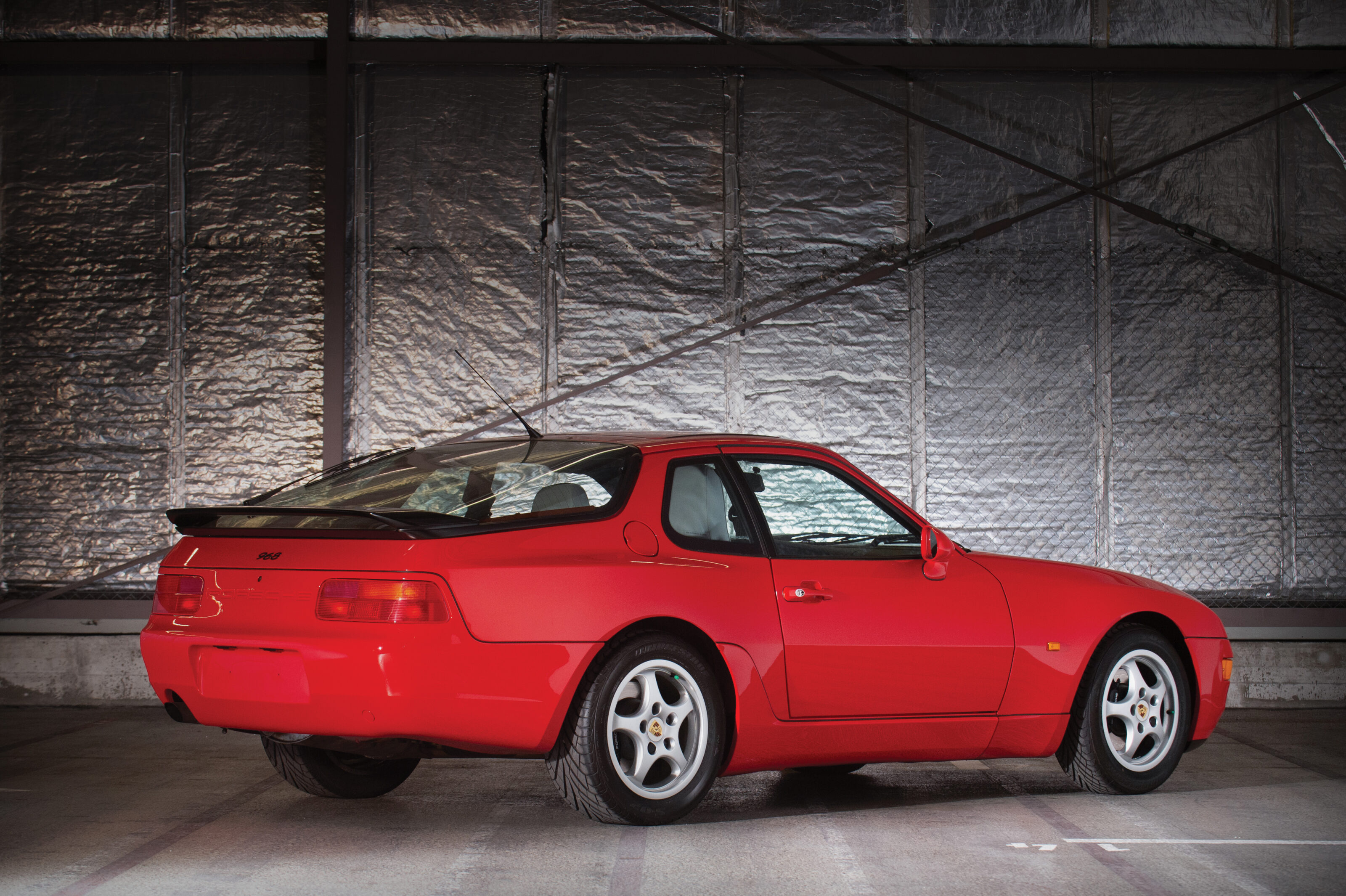
3. The oddball: Chevrolet C4 Corvette
In the US market, the local C4 Corvette was also a prime target for Nissan’s 300ZX. It’s an older platform and lacks much in the way of exotic engineering, but is rarer on Aussie roads and top-end Zed values will afford you a near-concours level 5.7-litre V8 ‘Vette.
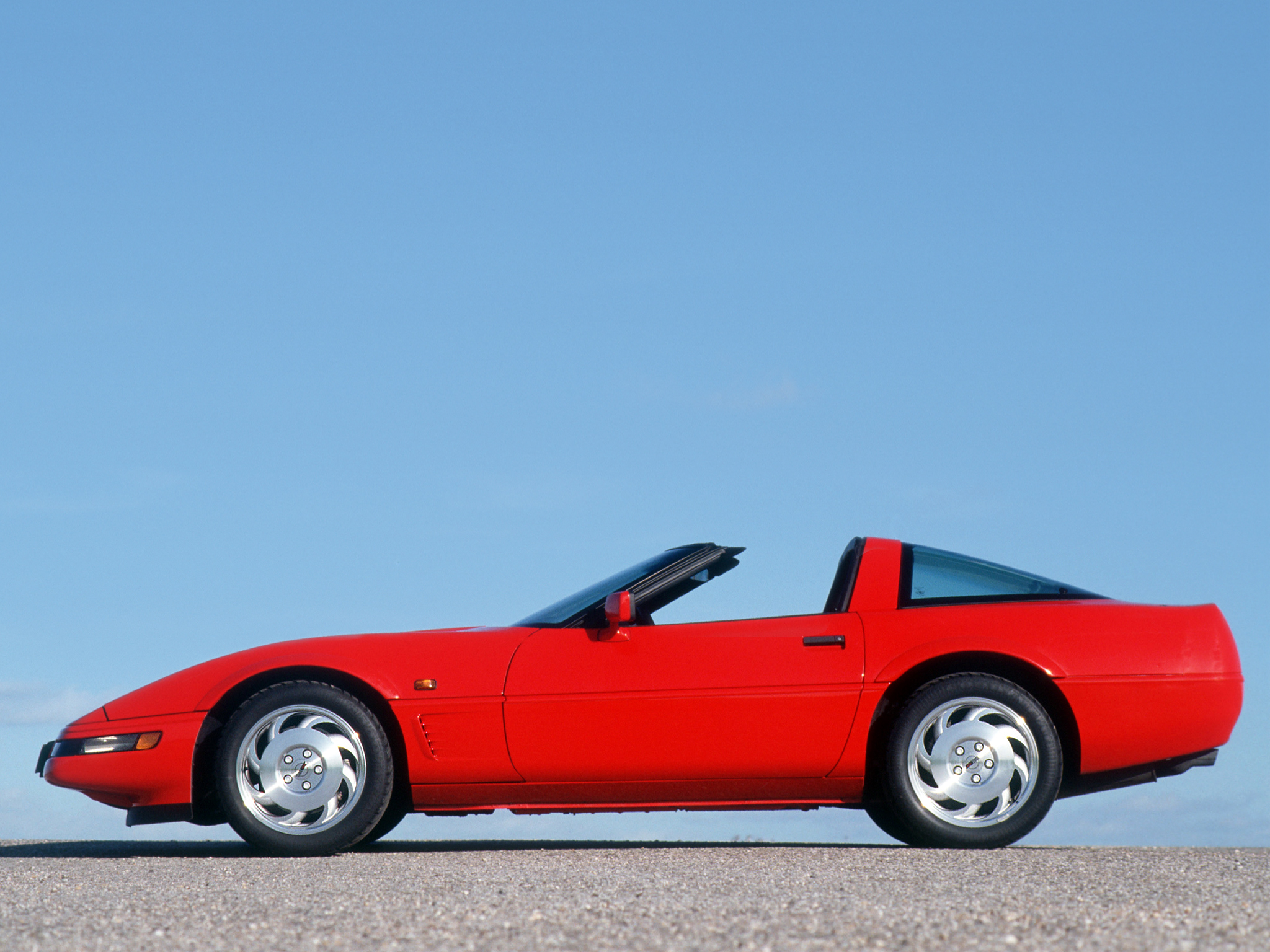
1983-2000 Nissan Z32 300ZX specs
| Body: | 2-door, 2+2-seat coupe |
|---|---|
| Engine: | 2960cc DOHC 24v V6 |
| Power: | 165kW @ 6400rpm |
| Torque: | 268Nm @ 4800rpm |
| Transmission: | 5-speed manual/4-speed automatic |
| Weight: | 1496kg |
| Used price range: | $15,000-$60,000 |

We recommend
-
 Features
FeaturesDon’t underestimate the Ferrari Portofino M
It’s time to pay respect to Ferrari’s front-engined convertible
-
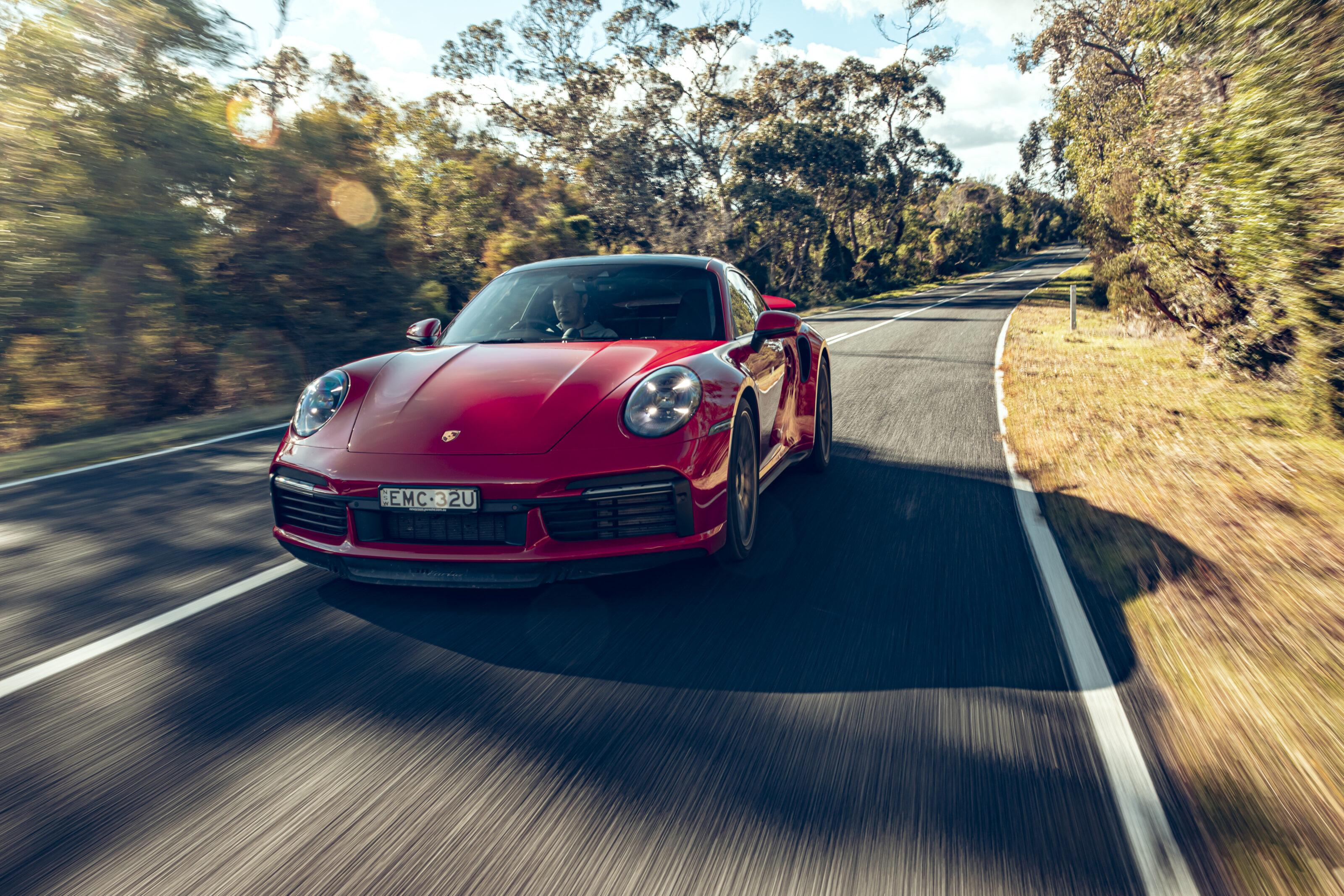 Features
FeaturesIs the Porsche 911 Turbo the penultimate driving machine?
It’s Porsche versus Prom on one of Australia’s most stunning and temporarily deserted roads
-
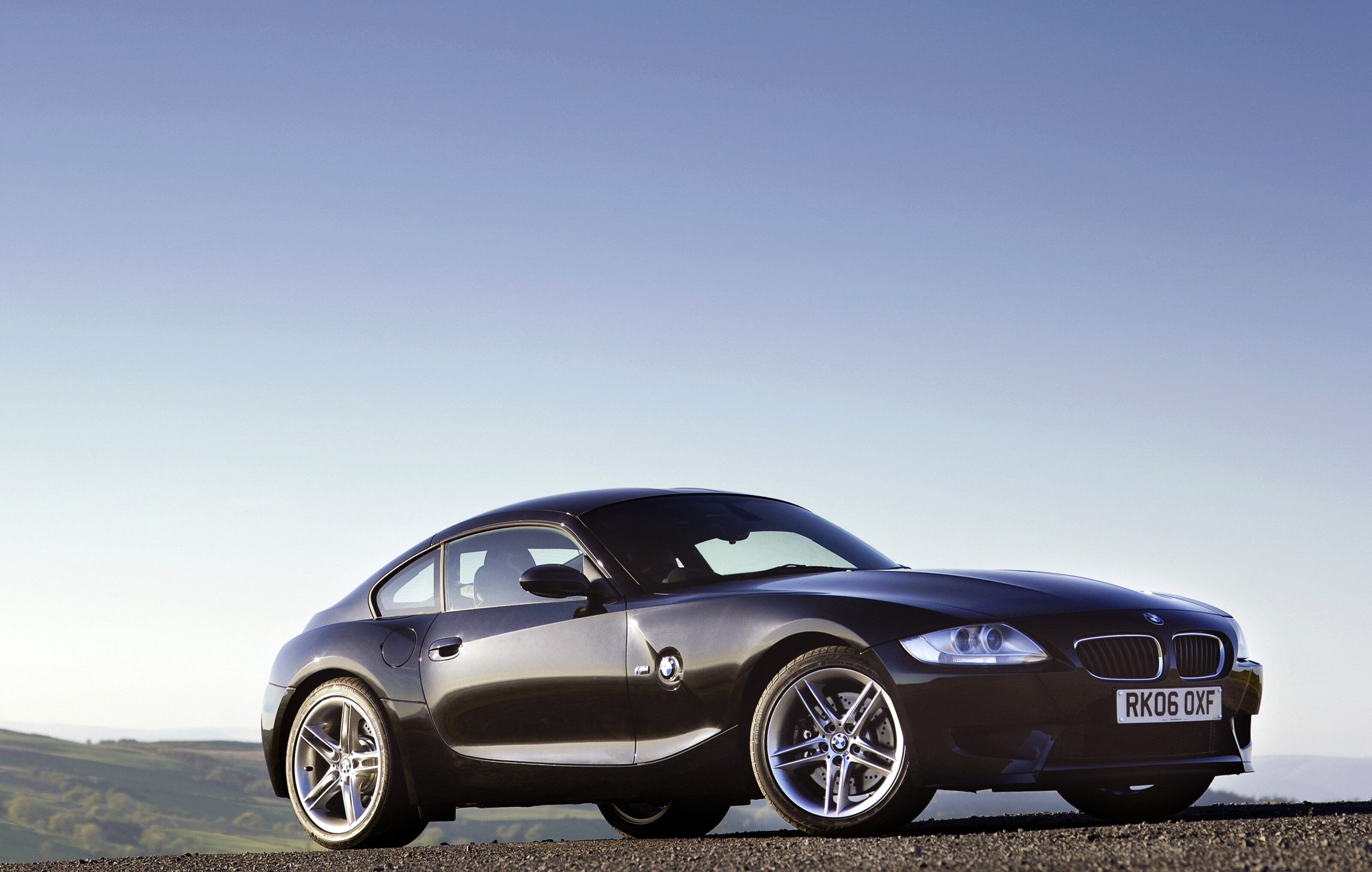 Features
FeaturesThe 2006 BMW Z4 M was the follow-up that finally came good
BMW went from wearing clown shoes to something much more formal with the Z4 M


